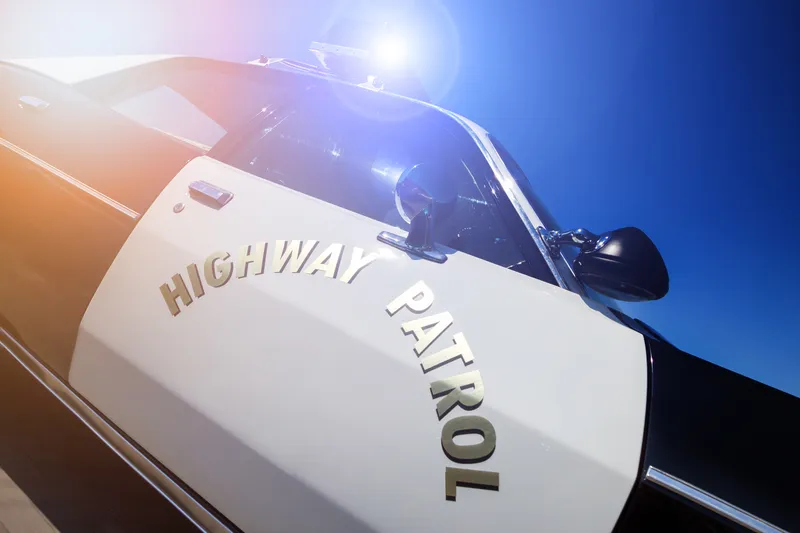Rhode Island Department of Transport (RIDOT) is undertaking a US$2 million project to upgrade the signing and striping at 145 locations, more than 200 actual ramps, and install detection systems at 24 high-risk areas. The systems not only alert a driver who travelling in the wrong direction, they notify police and other motorists of a potential wrong-way driver.
At the two dozen high-risk areas, most in the Providence metropolitan area, new detection systems will sense if a driver has entered a highway o
November 21, 2014
Read time: 2 mins
At the two dozen high-risk areas, most in the Providence metropolitan area, new detection systems will sense if a driver has entered a highway off-ramp, and activate a series of flashing signs. It will also notify the Rhode Island State Police that someone is driving the wrong way on the road, take a picture of the vehicle, and display a message on overhead signs to warn drivers heading in the opposite direction.
Work has been ongoing since late summer 2014 and will continue through early 2015. All of Rhode Island's limited access highways were targeted for improved signage and pavement markings to clearly distinguish exit ramps from entrance ramps and prevent confusion.
Officials say that while incidents resulting from wrong-way driving make up a small percentage of the overall crashes that take place on the state’s highways, they are far more likely to result in fatalities. RIDOT, which has witnessed nine deaths in the last six years, is working aggressively to add safety features to reduce the occurrence of wrong-day driving. It says alcohol impairment is a leading factor for wrong-way crashes, and most happen on weekends and during evening and overnight hours.
The plan is modelled on a similar project in San Antonio, Texas, where 29 flashing signs were installed along a major highway. Within a year, a 30 per cent reduction in wrong-way driving incidents was reported.










